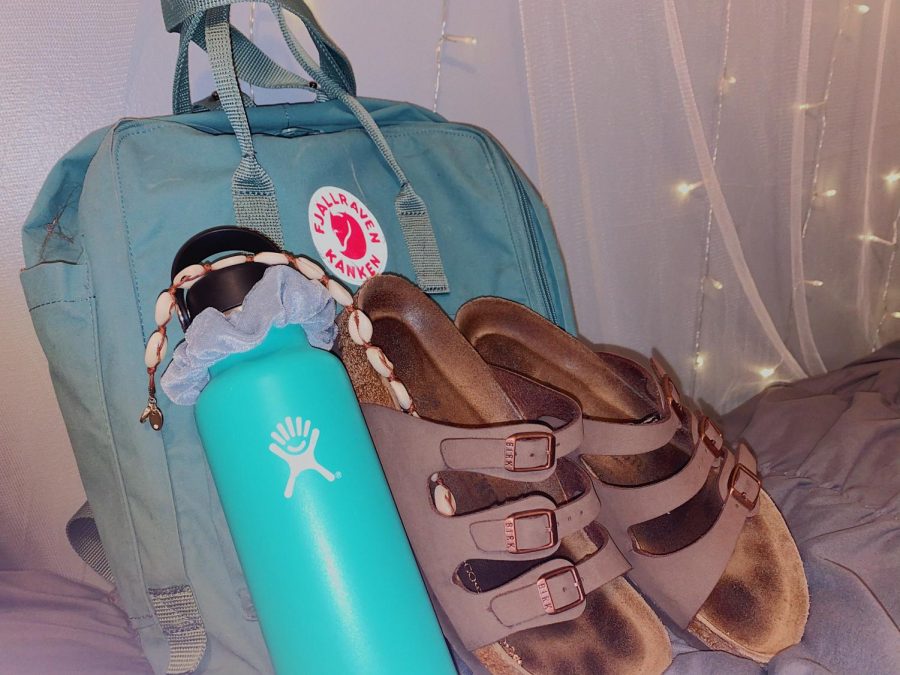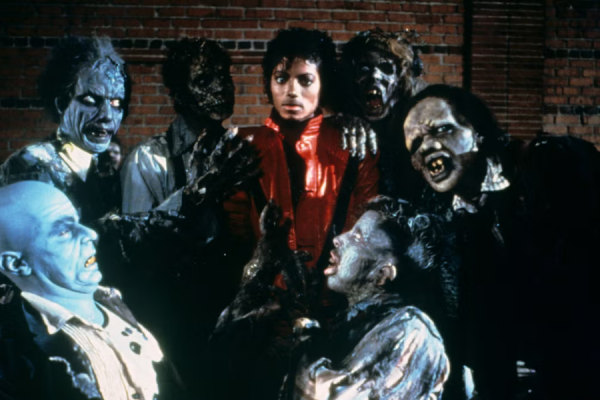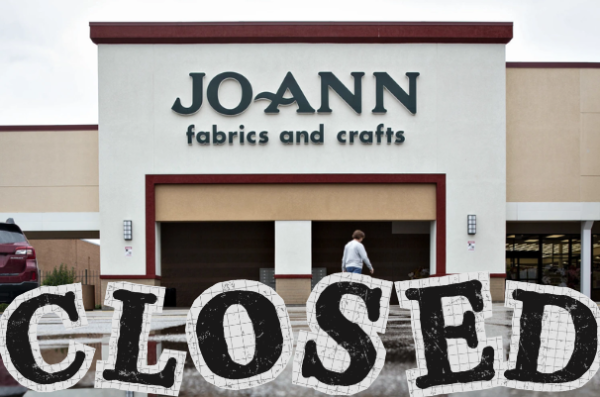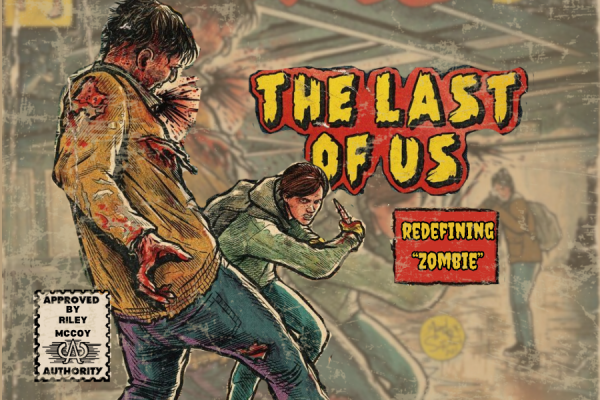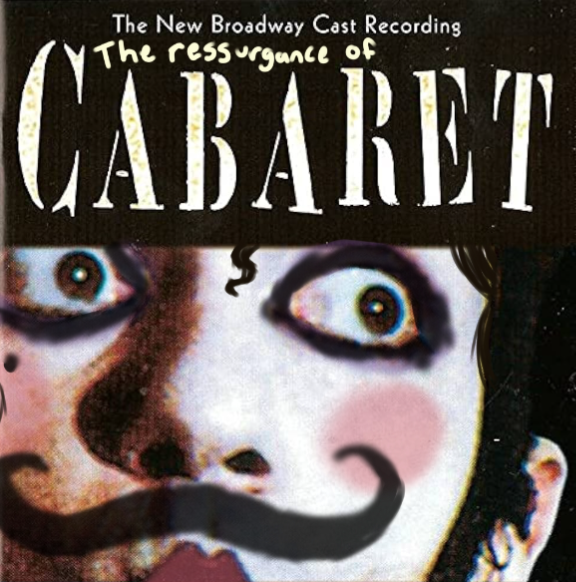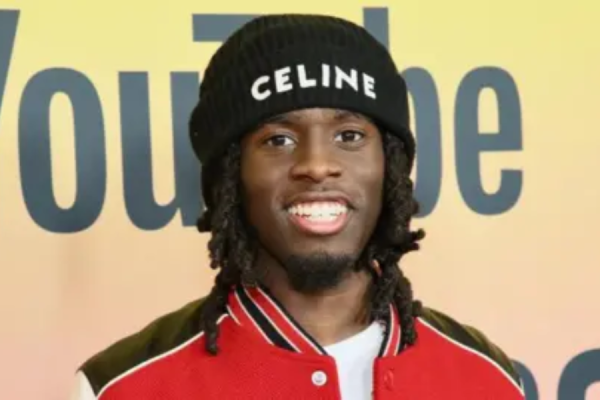The Rise of VSCO Girls
VSCO was originally released in 2011 as VSCO Cam. Its purpose and popularity has evolved through the years as it was first intended only as a photo editing app. Today the app serves as both a space to edit pictures, as well as post them in a social media type way. From its description the app can sound a lot like Instagram as both have editing abilities and social media aspects, but, unlike Instagram, VSCO does not allow users to see the activity on other users’ posts. Another key difference comes in the type of interactions VSCO users can have through posting; instead of “likes,” VSCO offers favorites, and there is also the opportunity to “republish” another user’s photo. With “follows” and “likes” hidden, one could say VSCO is a more positive alternative to Instagram, one that is less focused on numbers and more on creativity.
The term “VSCO girl” does not have an exact origin point. Looking back and doing some research, the idea of a VSCO girl most likely originated on TikTok or Instagram. Since the term has become popular, I have been asked countless times to define it to adults. Each time this happens, it is apparent that the term is, in a way, hard to define. When thinking of VSCO girls, I just get a very particular “somewhat basic” image of what I envision to be a VSCO girl, but that does not make the term any easier to explain to someone who has no knowledge of this idea or the app itself. Grace Hartman, a sophomore at Adams, defined VSCO girls as “someone who is seen as basic online.” She continued this with, “I think they just want to be trendy. They like the style and the trend and they want to go along with it. It’s not that they are basic as people, but they are automatically generalized with an entire group of people just for following a trend that they enjoy.” Other definitions came from Alexander Macharaschwili, a junior, who defined the term as “a skinny annoying white girl who wants to be funny, but has a bad sense of humor,” or Sarah Payne, also a junior, who simply responded to my question with “sksksk, and I oop,” some phrases often associated with being a VSCO girl. I also got some less specific answers that did not make a lot of sense, particularly from Will Henderson, another junior, who defined VSCO girls as “an interesting movement redefining Karl Marx’s ideas in a 21st-century context.”
After defining the basic idea of what the “character” of a VSCO girl was, I thought it would be interesting to ask people what some of the “key characteristics” or “items” VSCO girls have, and to see how different the answers would be from person to person. Vanshika Dixit, a junior, spoke about how many VSCO girls have “Hydroflasks, puka shell necklaces, Pura Vida bracelets.” She also said, “they use Glossier and Burt’s Bees lip balm, and wear Birkenstocks and scrunchies.” Grace Hartman and Alexander Macharaschwili talked more about the appearance of VSCO girls, with Hartman referencing the fact that “they wear a lot of oversized clothing with messy buns,” and Marcharaschwili saying they wear “hippie pants,” while Roy Bualuan, a senior, discussed more of the actual practices of VSCO girls by stating, “they say they care about the environment, but they really don’t do anything about it. They’ll say ‘save the whales,’ but they can’t practice what they preach.” From the conversations, it was pretty obvious the concept of VSCO girls was divisive. There was a clear sense of humor around the entire topic, which leads to how VSCO girls are actually viewed in society.
When asked if he knew any VSCO girls, Alexander Macharaschwili responded simply with, “unfortunately.” On the internet, VSCO girls are constantly the subject of many jokes, particularly on TikTok, another social media in which users are able to make short 15 or 60 second videos to upload for other users to see. Vanshika Dixit spoke on this topic with, “ I don’t think VSCO was originally a bad term, I actually think a lot of people liked being called a VSCO girl. Now, ever since TikTok started making fun of VSCO girls, the term has been given a really negative connotation, where everyone just makes fun of girls trying to save the turtles by using metal straws and metal water bottles.” Since this “rise of TikTok,” being called a VSCO girl has become a bad thing which Roy Bualuan explained when he said, “it [being a VSCO girl] sounds like a negative thing because a lot of people use it as an insult.” While a negative connotation surrounding the term was the common consensus among people, Grace Hartman talked about how being a VSCO girl does not have to be a bad thing as she stated “I think everyone sees it as negative, but I see it as a positive. I think if people want to do that, good for them […] if it makes them happy, they should do it.”
Whether VSCO girls are a trend, a movement, or a cult, it is clear the term has only become more popular over the last couple of months. It will be interesting to see if, when the popularity of the term finally fades, the negative connotation that now surrounds VSCO girls will go away. In the end, VSCO is just an app, and regardless of the negative outlook some people now have about it, the platform will most likely continue to be a social media different from others in its encouragement to focus less on the numbers and more on the actual content.
Your donation will support the student journalists of The Tower and John Adams High School. Your contribution will allow us to purchase equipment and cover our annual website hosting costs.
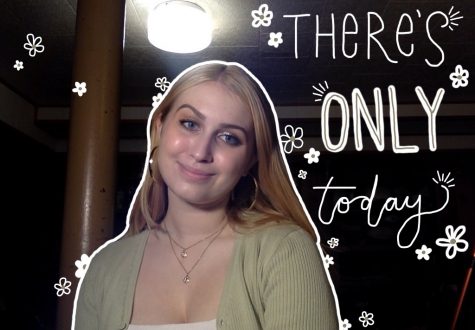
Sierra Weaver, a senior at John Adams, is the Editor-in-Chief of The Tower. She has been a part of The Tower since she was a freshman, and looks forward...


